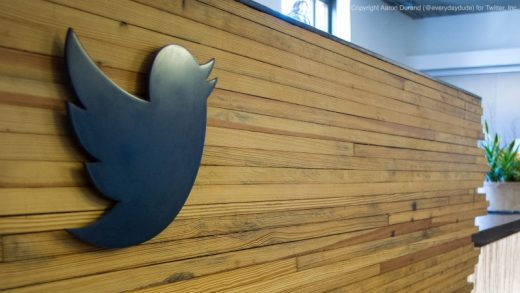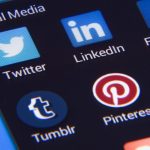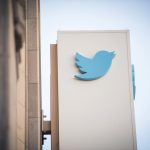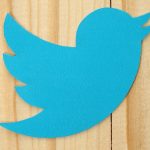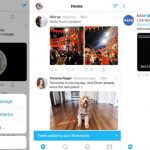Q&A: Twitter’s Stacy Minero details its new branded-content program, #Fuel
Twitter’s director of brand strategy explains why the company’s Brand Strategy team recently spawned a separate branded-content program.
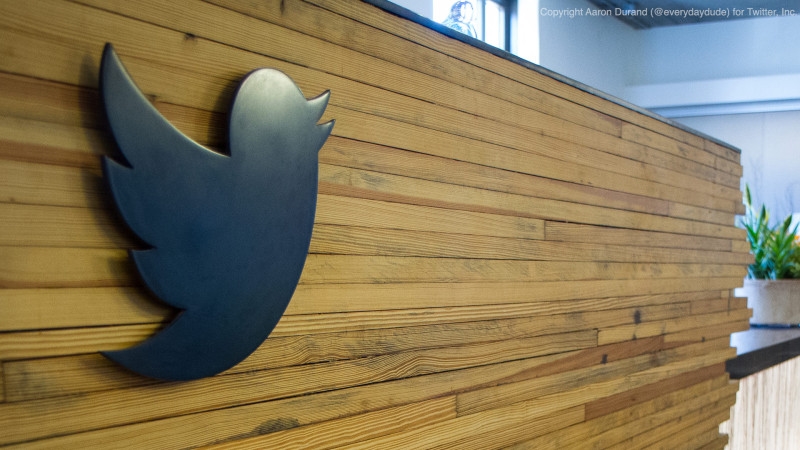
Copyright Aaron Durand (@everydaydude) for Twitter, Inc.
Last week Twitter unveiled a new program called #Fuel to offer advertisers end-to-end creative consulting. #Fuel is an expansion of Twitter’s Brand Strategy team, which already helps brands create content. That might sound confusing; it confused me. Why would Twitter need another branded-content team, let alone one that is housed within its existing branded-content team?
It turns out that #Fuel aims to serve the types of brands that Twitter’s overarching Brand Strategy team doesn’t work with — the ones that “haven’t gone big on Twitter,” according to Twitter’s Director of Brand Strategy Stacy Minero. Winning over those brands is crucial for the social network as it hopes to turn around its advertising business’s recent downturn.
In an interview this week, Minero detailed why Twitter felt the need to spawn another branded-content team and explained how that team is working with brands like Bank of America to quickly create campaigns.
The following transcript has been lightly edited for length and clarity.
Marketing Land: Twitter has its Brand Strategy team that works with marketers to come up with content for brands’ tweets and ads on Twitter. Now it has #Fuel, which is part of the Brand Strategy team and seems to serve a similar role. How is the work that #Fuel does different from the work the rest of Twitter’s Brand Strategy team already does?
Minero: We actually launched #Fuel earlier this year based on a need we were seeing in the marketplace. And that is the opportunity to actually support more clients, more brands that are big marketers but haven’t gone big on Twitter yet. Really give them the tools and techniques to realize their potential on the platform.
There’s three components to #Fuel. We have content strategy; campaign activation, which is really creativity; and then the video editing. And the video editing piece is completely new to the Brand Strategy team as of this year. This is what we’ve brought to the marketplace to help brands optimize their content for the feed and make it more native to the platform.
ML: Are there any rules of thumb that could help a brand in determining whether it would be a fit for #Fuel?
Minero: [They would be a fit] if they have a marketing plan but they haven’t figured out the role that Twitter plays in that marketing or comms plan and actually how to use some of the creative tools and products to really connect with the audience and drive business results.
We always talking about helping brands earn outsized attention. I think they understand the why behind that, but they don’t really get the how. So we work hand-in-hand with them to help them come up with the ideas, bring them to market and make them successful to support their overall marketing efforts.
ML: Does #Fuel work with brands on the content for both their organic tweets and ad campaigns?
Minero: When we help brands set a content strategy, we always think about the mix or balance of organic and paid. Organic is really about reaching your existing customers, and paid is reaching your prospects. So we’re really focused on the latter part of that equation, which is helping the brands actually reach new audiences and drive business impact.
ML: Twitter has described #Fuel as “an agile, rapid-response hub that responds quickly to creative briefs.” That sounds like one of the branded-content newsrooms that people used to talk about after the Oreo Super Bowl tweet. Is that part of what #Fuel is?
Minero: I don’t want to overstate that. We’re starting to experiment with real-time content. We did that for the first time two weeks ago when Bank of America activated “Friends Again.” It was all around “Pay Back a Friend” Day. They saw some trending topics around small business owners and wanted to seize that opportunity. So we helped them edit and adapt some existing content to make it more social and feed-friendly. Most of what we’re doing right now is optimizing campaign assets in advance of a moment or a launch. The rapid-response piece is something we’re just starting to experiment with.
ML: How does #Fuel ‘optimize campaign assets?’
Minero: When we think about optimizing content, there’s bringing something longer to a shorter duration because we know that videos under 15 seconds drive memory encoding. We think about front-loading the video to actually create narrative intrigue and pack a punch in the first few frames. And then we think about adding captions. When you think about cognition and processing a story in the feed, those captions can help drive understanding of the key messages.
ML: When it comes to #Fuel’s video-editing services, are brands sharing their raw video files and Twitter’s team is editing them into an original video, or are brands taking an existing, longer video and having Twitter’s team cut it down into a shorter version?
Minero: Both. We try to look through their whole catalog of assets to stitch together the best story. There’s been cases where we’ve gotten multiple files, and we’re actually aggregating them into one new asset. And in other cases, we’re taking a TV commercial and adapting that to make it shorter form or mobile-optimized.
ML: Are brands able to take the content produced with #Fuel and use it elsewhere, such as a six-second video that can run on Twitter but also as a YouTube bumper ad or a TV spot?
Minero: Once we edit and adapt the content, we send it back to the client partner, and it’s theirs to use across platforms.
ML: Are there any financial requirements for a brand to work with #Fuel?
Minero: The way we think about it is we invest in partners that are invested in Twitter. We make a commitment to those partners to set them up for success. We just want to see a little bit of an investment in the platform to make sure that we allocate our resources in the right way.
ML: Is that investment that a brand has spent a certain amount of money to advertise on Twitter in the past or that a brand commit to spend a certain amount in the future?
Minero: We don’t usually get into specifying commitments publicly. We try to be as flexible as possible based on potential growth with a partner. I’ll just leave it at that.
ML: What is #Fuel’s turnaround time for a campaign?
Minero: When we get an asset on the video front, we can actually turn around edits within 24 hours, based on client response time or sophistication of the edit. One-day turnaround time is pretty standard.
On the campaign activation front, when we get a brief in, we can often turn around ideas within 72 hours. It may take time to do planning and execution, but the actual concepting and the inception of the ideas can happen pretty quickly.
ML: Is the idea for brands to work with #Fuel once or twice, learn what they need to learn in terms of quick creative tailored to Twitter, then incorporate that on their own going forward, or to work with #Fuel over a longer, more sustained term?
Minero: Our goal is always to inspire and educate the brand and agency to do their best work. And then we collaborate with them to create experiences that are memorable and drive impact. When we talk about more immersive things, whether it’s live streaming or chatbots, they’re going to still leverage us to actually build those experiences for the consumer.
When it comes to storytelling, they tell those stories; we’re just helping to make them more resonant on the platform. So part of what we do is education, and part of what we do is building experiences. I think the latter part is where they can lean on us harder.
ML: In the past you’ve said that Twitter’s Brand Strategy team doesn’t compete with agencies because it’s not focused on production. #Fuel does seem more focused on production. Is this competitive with agencies?
Minero: I don’t think it’s competitive with agencies because we are a complement to what they do. We’re not competing for services. There have been cases where we’ve actually worked with creative agencies and taken direction from them to make their content work harder on Twitter.
When it comes to the development of ideas, we actually get upstream with the agency partners to understand the marketing mission, their communication and creative strategy, and then build something that actually amplifies the work they’re already creating.
Marketing Land – Internet Marketing News, Strategies & Tips
(59)

